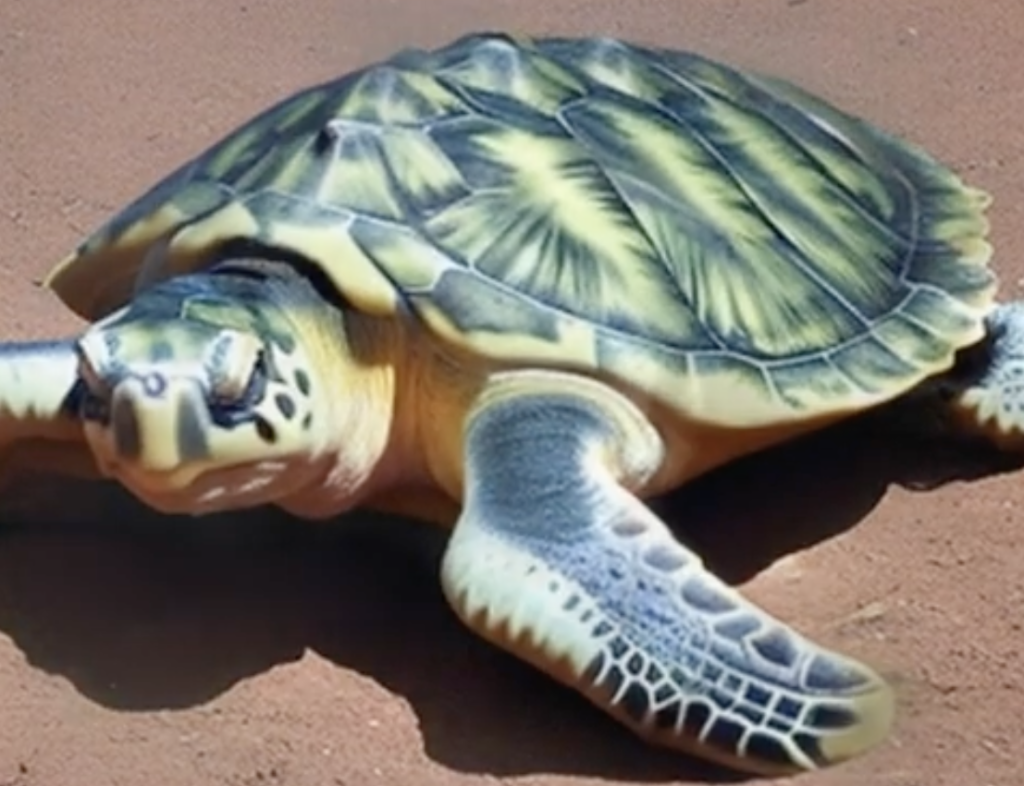
Nora Cryder, 2 years, Art Education
Jordan Blackwell, 4 years, Jewelry & Metals
Raquel Lynch, 4 years, Biology
Riley McLaughlin, 3 years, Entertainment Media Studies & Interdisciplinary Arts
Violet Lustiano, 3 years, Drawing & Painting
Samaya Porter, 2 years, Drawing & Painting
Payton Presley, 4 years, Art Education & Jewelry/Metals
Lane Thompson, 4 years, Photography
Why do certain images get more exposure than others in the databases of generative AI platforms like Stable Diffusion? Inspired by Sofia Crespo’s project Critically Extant, that identifies an insufficient number of endangered species photographs in AI databases, we decided to train our own models with images of threatened species specific to our local Georgia environment. We decided to focus on the local as a way to learn more about the environment that we inhabit and want to better care for outside of the UGA campus.
As a group, we each chose one species to research. We searched for high-quality, creative commons licensed photographs to source and add to our model. Using GitHub open-source training platforms that we were able to run on Google Colab, we added 10-15 images of each animal to fine-tune the model. In recent years, fine-tuning has made significant progress in being able to shape the outputs of generative AI platforms. We then used these models with Stable Diffusion to generate more accurate images with a prompt that corresponded to their complete name. The selected creatures were: Frosted Flatwoods Salamander, Whooping Crane, Doughtery Plain Cave Crayfish, Striped Newt, Painted Bunting, Rusty Blackbird, Kemp’s Ridley Turtle, Edmund’s Snaketail, and the Gray Bat.
Through our process, we found that when Stable Diffusion was prompted for reptiles and insects, the results were significantly less accurate than when we used the names of mammals and birds. This led us to question, how do we decide what is represented and worthy of being photographed and placed into a database? Are appearance and ideas of beauty some of the qualities that lead this decision making? It was clear that there were limits to the available data and this reflected how little these species are considered in our daily lives (both psychical and digital). By inserting more of their images and fine-tuning several models, we were able to make a small dent in turning the feedback loops more in favor of these species that we find ourselves entangled with here in Georgia.